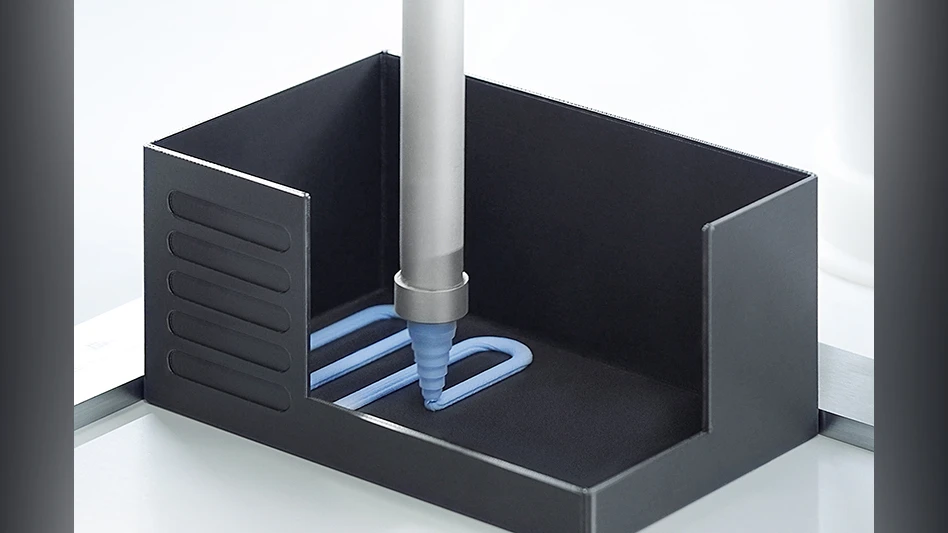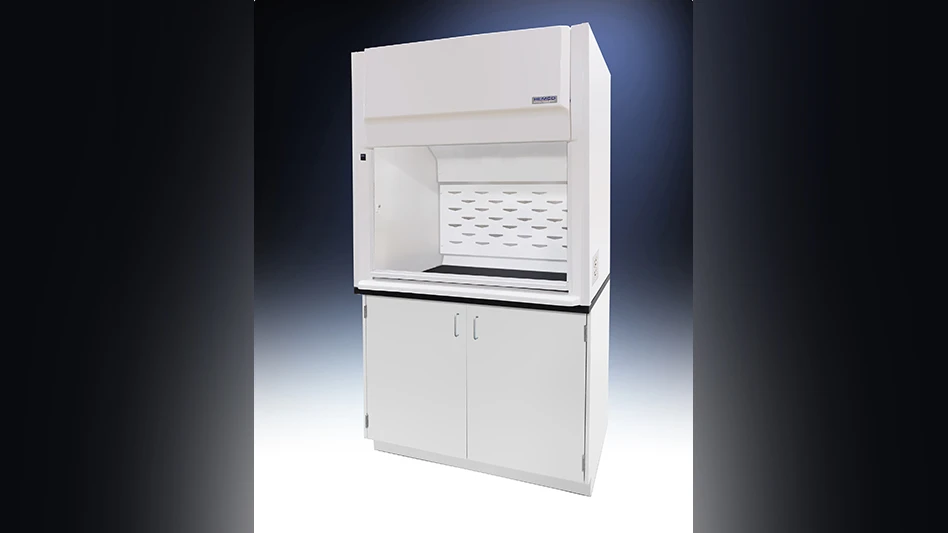
Boeing completed the first test flight of its autonomous passenger air vehicle (PAV) prototype in Manassas, Virginia, in January. Boeing NeXt, which leads the company’s urban air mobility efforts, used Boeing subsidiary Aurora Flight Sciences to design and develop the electric vertical takeoff and landing (eVTOL) aircraft.
“In one year, we have progressed from a conceptual design to a flying prototype,” says Boeing Chief Technology Officer Greg Hyslop.
The PAV prototype completed a controlled takeoff, hover, and landing, which tested the vehicle’s autonomous and ground control systems. Future flights will test forward, wing-borne flight, and the transition between vertical and forward-flight modes – typically the most significant engineering challenge for a high-speed VTOL aircraft.
In addition to the PAV, the Boeing NeXt portfolio includes an unmanned fully electric cargo air vehicle (CAV) to transport up to 500 lb (226.80kg) and other urban, regional, and global mobility platforms. The CAV completed its first indoor flight last year and will transition to outdoor flight testing in 2019.
AFRL sponsors GE Aviation for manned-unmanned systems
GE Aviation was recently awarded a project task assignment for the Teaming-Enabled Architectures for Manned-Unmanned Systems (TEAMS) prototype program. The project, under the authority of the Base Vertical Lift Consortium Project Agreement, is sponsored by the U.S. Air Force Research Lab (AFRL).
TEAMS, an architectural modeling and prototyping effort under the AFRL’s Flexible, Assured Manned-Unmanned Systems (FAMUS) program, intends to define the architectures, processes, methods, tools, and environments necessary to rapidly mature and affordably transition increasingly complex manned-unmanned teaming technologies.
Also contributing to this prototype are team members Dependable Computing LLC, GE Global Research Center, Modern Technology Solutions Inc., and Scientific Systems Co. Inc. The 24-month contract will be executed at GE Aviation’s Grand Rapids, Michigan, avionics site as well as team member locations.

Airbus Helicopters VSR700 demonstrator flies unmanned
The Airbus Helicopters VSR700 demonstrator took off for a fully unmanned autonomous flight at the military airbase in Istres, France in December 2018, to establish compliance with the regulatory and safety systems necessary for future unmanned flight in France. During the exercise, the demonstrator performed a 30-minute flight, executing various flight patterns before landing autonomously. The unmanned air vehicle was piloted and monitored from a ground station located at the base.
The VSR700 demonstrator has been flying autonomously since May 2017 with a safety pilot as part of its development program. Based on the civil-certified Cabri G2 platform, its low-consumption diesel engine meets naval and military requirements, and the automatic flight control systems meet new regulatory standards.
The VSR700 light military tactical unmanned aerial system can carry multiple payloads, with an endurance of around 8 hours at 100nm. The system will initially offer extended naval surveillance capabilities that preserve manned helicopter flights for critical missions.

Explore the March 2019 Issue
Check out more from this issue and find your next story to read.
Latest from Aerospace Manufacturing and Design
- 2024 Favorites: #10 Article – How 3D-printed aviation parts can accelerate return to air
- 2024 Favorites: #10 News – Boom Supersonic completes Overture Superfactory
- OMIC R&D hosts Supporting Women in Manufacturing Day 2024
- 4D Technology's AccuFiz SWIR interferometer
- Seventh Lockheed Martin-built GPS III satellite launches
- KYOCERA AVX's CR Series high-power chip resistor
- UT researchers receive Air Force grant for wind tunnel
- Monticont's linear voice coil servo motor





